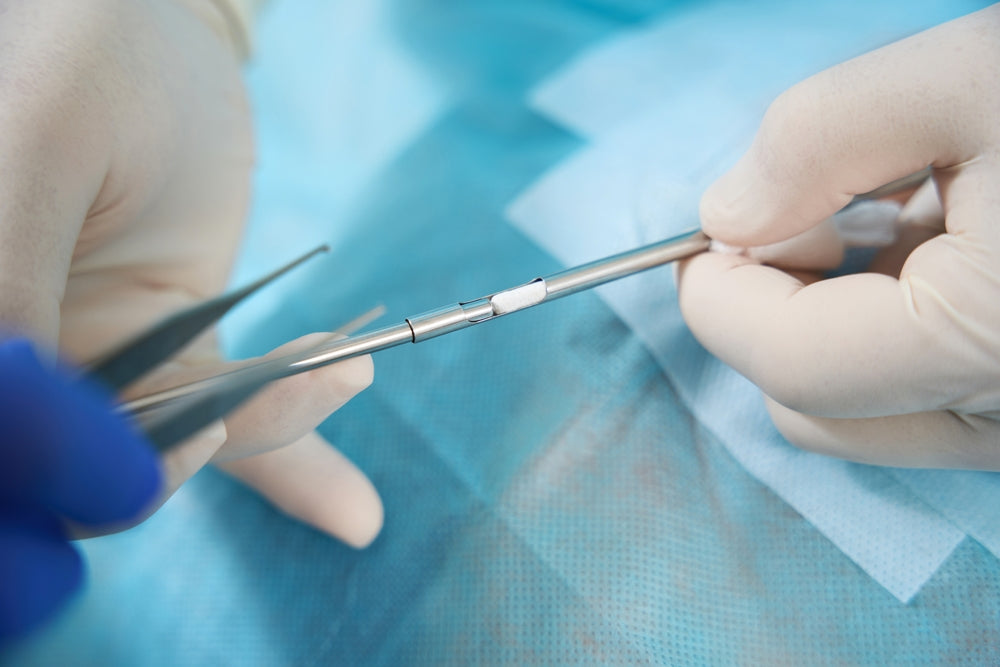
Hormones affect bodily functions including metabolism, energy levels, hunger, reproduction, sexual function, and mood. Changes in hormone levels can be disruptive and uncomfortable, leaving patients feeling not quite themselves. Changes to hormone levels can even lead to low quality of life and problems with patient health.
Patients who are affected by changing hormone levels need options. This is why many medical practitioners turn tohormone pellet therapy for patients in need ofhormone replacement. Hormone pellet therapy helps patients manage changing hormone levels and improve their quality of life.
But, how long do hormone pellets last? What factors influence how long hormone levels last? Are there gender differences in pellet longevity? If you're a medical practitioner, you may be asked these questions by your patients. Having answers can help you talk to patients to give them the information they need to decide if hormone replacement therapy is right for them.
Hormone pellets are injected into the body and dissolve into the bloodstream while there.Hormone pellets last for approximately 3 to 5 months in women and 4 to 6 months in men. Hormone pellets come in female hormones,testosterone pellets, and more.
Typically, patients need hormone pellets replaced every four months. Some patients need hormone pellets every three months, while some can go as long as six months.
Patients who have had hormone pellets inserted into their body a few times already can often go longer in between hormone pellets than patients who are new to hormone pellet therapy. Every patient is unique, so medical practitioners must monitor their patients for changes and insert hormones according to their unique needs.
Are you wondering how long HRT pellets last, and what factors play a role in hormone pellet longevity? Factors that can influence how long hormone pellets last include:
Stress. High levels of stress can be associated with a higher rate of absorption.
Physical activity. Physically active patients may use hormone pellets more quickly than patients who are not.
Sleep. Patients who get less sleep may use their hormone pellets more quickly than patients who do not.
Dosage. Higher pellet dosages tend to last longer. Medical practitioners must determine the appropriate dosage level for each patient.
Metabolism. Some patients just go through pellets faster than others. Metabolism levels can affect how quickly a patient will work through their pellets.
Physicians must keep in mind that every patient is different. Some patients have a higher metabolism rate than others. Patients with a faster metabolism use their pellets more quickly.
Additionally, lifestyle factors like the patient's usual level of activity can also impact how quickly the pellets are absorbed. Patients who are more active or get less sleep may use their pellets more quickly.
Patients will know when their hormone pellets are beginning to run out because they'll begin to notice changes in their bodies and behaviors. Practitioners can help patients identify when they need pellet replacement by asking them to watch for these changes.
There is some difference in the ways men and women respond to hormone pellets. In general, men metabolize hormone pellets more slowly than women.
Theinsertion procedure starts with an order placed by the doctor to a pharmacy. The doctor orders the correct dosage for the patient. Hormone pellets are about the size of a lentil or grain of rice.
Once the hormone pellet arrives, the doctor uses a trocar to place the pellet in the patient's gluteal muscle or the abdomen. The trocar makes a small opening in the skin large enough to insert the pellet.
The hole is small enough that the patient does not need stitches. The hole is made in the underlying fascia, so the pellet can be inserted into the muscle. This process is repeated every three to six months, depending on how frequently the patient needs pellet placement.
Compared to other methods of taking hormones, pellets do not require patients to get frequent injections or take daily medications. Pellets also deliver a continuous supply of hormones to the patients.
When the hormone pellets begin to wear off, patients often start to notice the same symptoms they had before they began therapy. This may include difficulty sleeping, night sweats, low libido, sleepiness or low energy, sexual dysfunction, mood swings, irritation, grumpiness, hot flashes, vaginal dryness (in women), difficulty focusing, headaches, and fluctuating weight.
Tell your patients what to watch for so they'll know when to contact you for another pellet injection. Getting regular pellet injections helps patients maintain a high quality of life and avoid unpleasant side effects.
Over time, patients come to recognize the signs of pellet depletion. Patients may experience:
Sleep disruption
Low libido and sexual dysfunction
Sleep disruption and sleepiness
Night sweats
Mood swings
Hot flashes
Difficulty focusing
Headaches
Vaginal dryness in women
Are you wondering abouthormone pellet therapy side effects, or how long do HRT pellets last? Hormone pellet therapy can help you regulate patients' hormone levels to help restore their quality of life. Hormone pellet therapy is anaffordable, practical, and effective way to replace patient hormones.
If you're a physician hoping to help your patients get the hormone pellet therapy they need, Trocar Supplies can help withdisposable Trocar tray kits. We selldisposable individual trocars from ourproduct collections.
Physicians trust Trocar Supplies because we produce quality trocars that can help with hormone pellet therapy and laparoscopic surgery. We're the leading authority on trocar sales and distribution for clinics and healthcare facilities around the country. Want to learn more about Trocar Supplies and our collection of disposable Trocar tray kits? Contact us today to get started with an order.